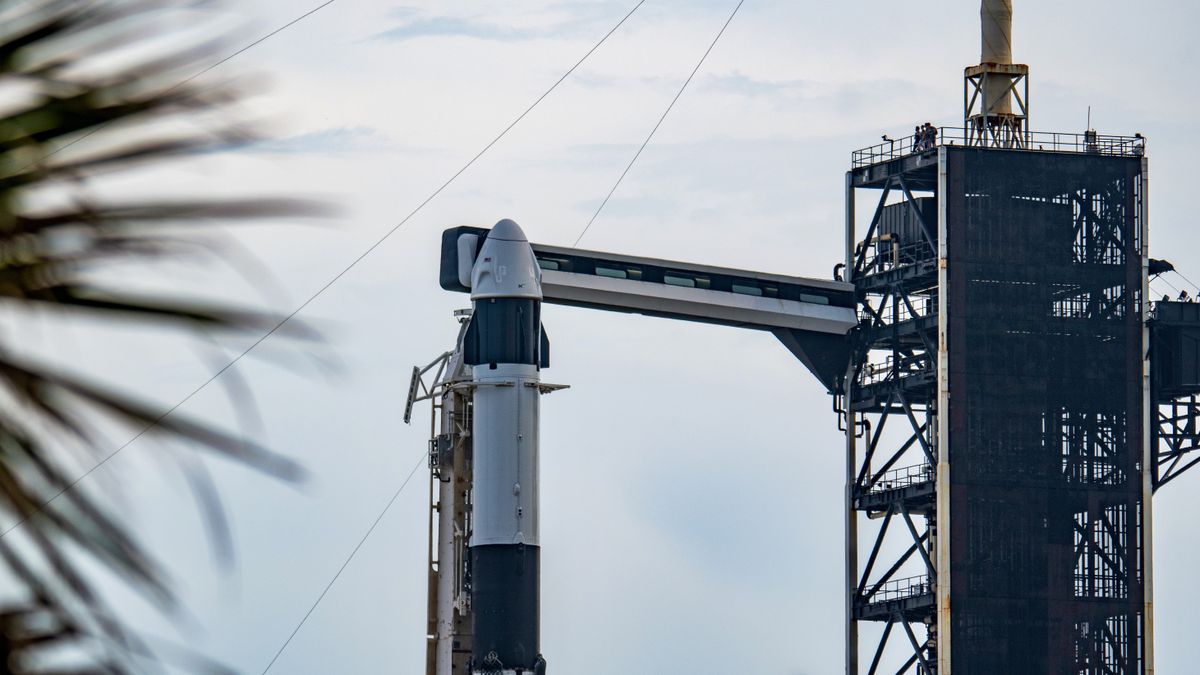On a warm June evening, viewers in Arizona watched the sky burst with color from the clouds of gas and dust that help create our home galaxy, the Milky Way.
What is it?
The Milky Way galaxy is around 100,000 light-years in diameter, containing our solar system and many other objects. Our solar system orbits the galaxy's center, taking about 250 million years to make one revolution.
The reason our galaxy is called "the Milky Way" is due to its milky white appearance in the night sky, which, according to Greek mythology, came from the goddess Hera.
Where is it?
This image was captured at Kitt Peak National Observatory near Tucson, Arizona.

Why is it amazing?
Kitt Peak National Observatory, a a program of the National Science Foundation's NOIRLab, hosts the recently retired McMath-Pierce Solar Telescope. According to NOIRLab, the solar telescope honors astronomers Keith Pierce and Robert McMath.
For many decades, the McMath-Pierce telescope was the largest solar telescope in the world, standing at 110 feet tall (33 meters), with a 26-foot-diameter (8 m) platform. The telescope worked by reflecting light from a mirror down a 200-foot-long (61 m) concrete optical tunnel.
In 2017, the telescope was decommissioned, after decades of serving the scientific community. It is in the process of transitioning to the NOIRLab Windows on the Universe Center for Astronomy Outreach, according to NOIRLab.
Want to learn more?
You can read more about solar telescopes and NOIRLab's research as humans continue to study the sun.
.png)
 German (DE)
German (DE)  English (US)
English (US)  Spanish (ES)
Spanish (ES)  French (FR)
French (FR)  Hindi (IN)
Hindi (IN)  Italian (IT)
Italian (IT)  Russian (RU)
Russian (RU) 








Comments